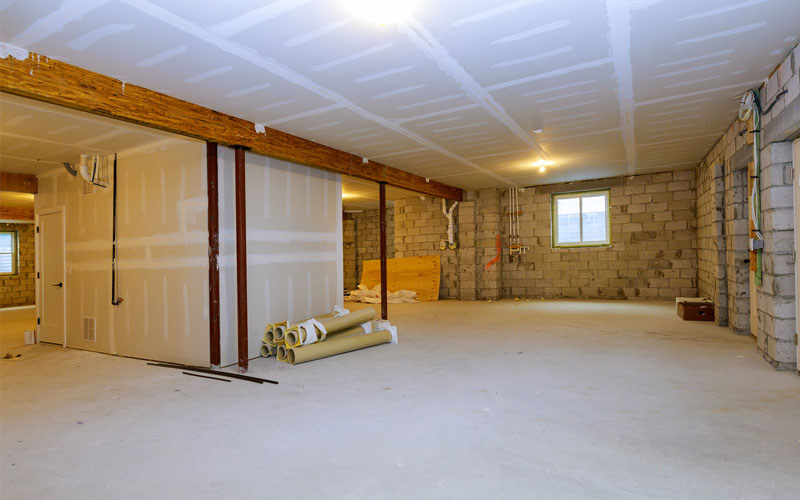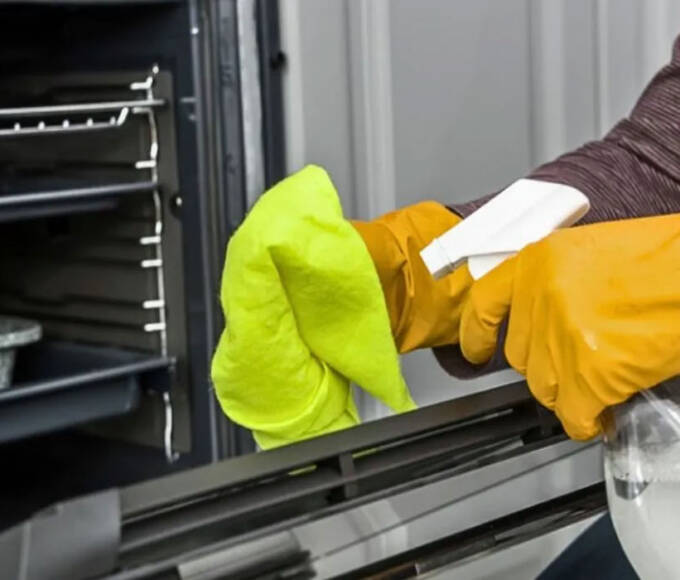It could signify foundation movement if you notice cracks in your walls, gaps, or floor slopes. Underpinning can fix this and prevent further damage.
A structural engineer will be able to tell you if underpinning is necessary. But if you are unsure, keep an eye out for the following warning signs:
Cracks
Monitoring cracks over time is the key to spotting problems with your building’s foundation. If they grow more prominent, your foundation has moved and needs professional underpinning services – strengthen your building’s foundation. The most common cause of this is subsidence. Signs of subsidence include cracks in the wall that are more than a quarter of an inch wide and appear both inside and outside of the house, as well as gaps around doors and windows that get wider over time.
While most cracks in plaster, walls, floor tiles, brickwork, and concrete slabs are superficial and minor and can be easily repaired, significant ones indicate a severe problem with the foundation of the building. They often represent uneven weight distribution caused by weak foundations, and ignoring them can result in severe building damage that necessitates underpinning services.
Uneven Floors
While not as apparent as cracks, sloping floors are a significant sign of foundation problems in your building. It happens due to various factors, but most commonly, it’s caused by foundation settlement and shifting of the soil underneath your home. It causes the floor beams and joists to sink or flex, creating unevenness in your house. To find out the root cause, our technicians carefully inspect all elements of your home’s foundation.
Other causes include water damage, which can cause sub-flooring and wooden beams to warp and become uneven over time. These issues will eventually affect the integrity of your home and lead to more severe problems, such as breaking or cracking. Underpinning can prevent this from happening, giving you peace of mind and enhancing your home’s value.
Sticking Doors and Windows
Sticking doors and windows is a warning sign that your building is experiencing subsidence. This problem usually affects a wide area of the house. Gaps around windows and doors can lead to heated or cooled air loss, increasing energy bills. They can also detract from the appearance of your home, causing its value to decrease significantly.
Taking immediate action is essential if your doors or windows become sticky. This issue is often caused by foundation settlement or heave and can be extremely dangerous to your home if left untreated. A quick call to a professional foundation repair specialist can resolve the issue quickly and efficiently, saving you from more costly repairs in the future. They will recommend a repair method and provide an estimate for the work before the commencement of the project.
Leaning on One Side
A building’s foundation is essential for its strength and stability. If your house or other construction starts to lean on one side, this is a sign that the foundation is weakening and may require underpinning services.
This is often caused by subsidence and can be dangerous for people and property. A Chartered Surveyor will be able to tell how serious the issue is and what needs to be done to repair it.
This process involves digging a trench around the building’s current foundations and installing support columns or piers underneath. It will give the foundations significant stability and prevent further damage to the structure. It can also lower the floor level and create more usable space. It is typically performed by a specialist underpinning contractor.
Uneven Walls
You may require underpinning services if you notice cracks in your walls, uneven floors, or stuck doors and windows. This construction technique stabilizes a building’s foundation, prevents further structural damage, and extends the structure’s life.
Uneven walls can be caused by various factors, from settling and heaving to soil composition and surface treatment. Assessing them as soon as they appear will avoid significant problems that could devalue your property, create safety hazards, or make future restoration more complicated and expensive.
Underpinning can seem daunting, with the potential for a long, stressful, and costly process. But it doesn’t have to be – primarily when you work with a team of experienced professionals.








